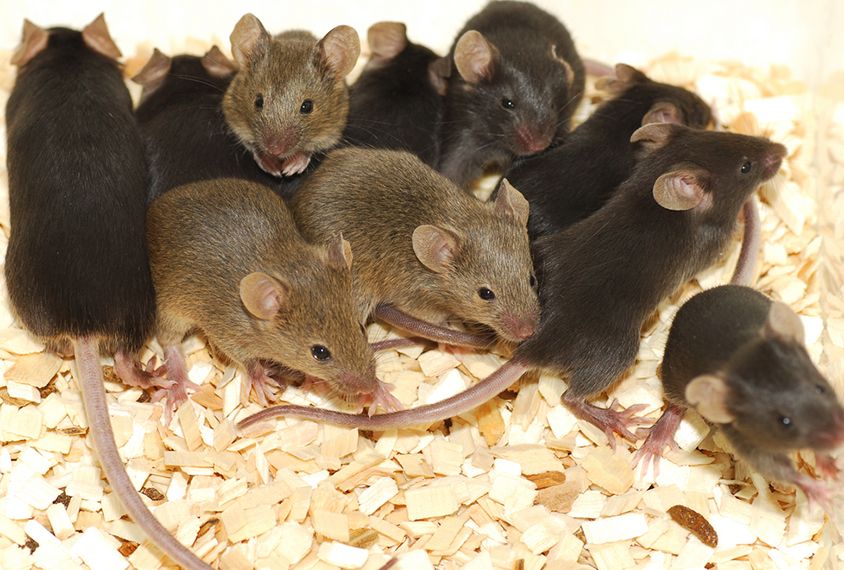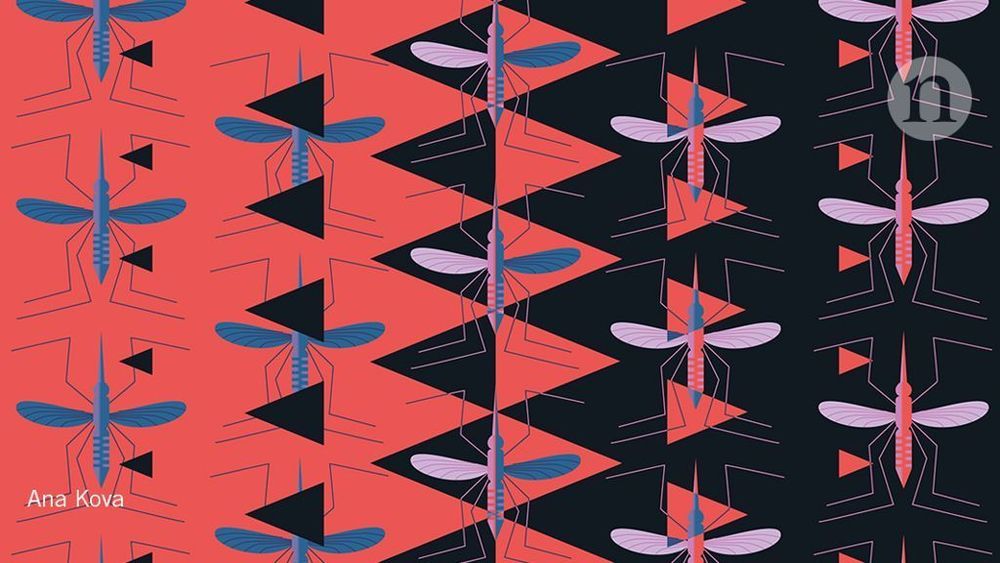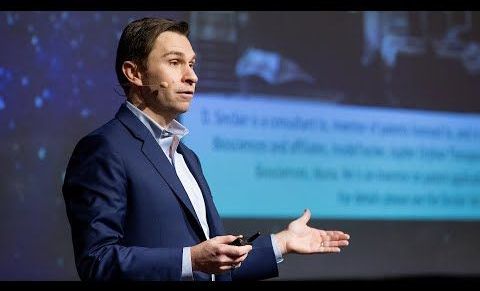Mutations in the autism gene NLGN3 may alter the gut nervous system of mice.



A recently released study from Maria Blasco and her team of researchers at the Spanish National Cancer Research Center (CNIO) shows that the rate of telomere shortening is strongly correlated with the maximum lifespan of animal species.
Telomeres
Telomeres, which are simply repeating segments of DNA on the ends of our chromosomes, serve two critical functions: They protect the ends of our chromosomes, preventing genetic damage, and they serve as a clock, limiting the number of times that our cells can divide. This limit, known as the Hayflick limit, serves as a basic defense against cancer. However, telomere attrition is a primary hallmark of aging and leads to cellular senescence and other age-related disorders.

A team of researchers led by scientists in Vienna, Dresden and Heidelberg has decoded the entire genetic information of the Mexican salamander axolotl. The axolotl genome, which is the largest genome ever to be sequenced, will be a powerful tool to study the molecular basis for regrowing limbs and other forms of regeneration.
Salamanders have long served as valuable biological models for developmental, regeneration and evolutionary studies. In particular, the Mexican axolotl Ambystoma mexicanum has received special attention due to its astounding ability to regenerate body-parts. If the cannibalistically inclined animal loses a limb, it will regrow a perfect substitute within weeks, complete with bones, muscles and nerves in the right places. Even more fascinating, the axolotl can repair severed spinal cord and retinal tissue. These qualities and the relative ease in breeding have made it a favourite biological model, cultivated in the lab for more than 150 years.

The technical challenges are not as daunting as the social and diplomatic ones, says bioengineer Kevin Esvelt at the Massachusetts Institute of Technology (MIT) Media Lab in Cambridge, who was among the first to build a CRISPR-based gene drive. “Technologies like this have real-world consequences for people’s lives that can be nearly immediate.”
Altering the genomes of entire animal populations could help to defeat disease and control pests, but researchers worry about the consequences of unleashing this new technology.

Think of DNA and chances are the double helix structure comes to mind, but that’s only one piece of the puzzle. Another major part is mitochondrial DNA, and in plants that’s even more important – and so complex that scientists haven’t yet been able to edit the genes in there. Now a team of Japanese researchers has managed to do just that, which could help improve the genetic diversity of crops.


Renowned longevity researcher David Sinclair believes aging is not inevitable but a treatable condition. In his talk at Science Unlimited 2019, he explained why we age – and how we can reverse aging to extend human healthspan and lifespan.
David Sinclair is Professor in the Department of Genetics, Blavatnik Institute and co-Director of the Paul F. Glenn Center for the Biological Mechanisms of Aging at Harvard Medical School. Science Unlimited is held in Montreux, Switzerland, as part of the annual Frontiers Forum. See all speakers: https://forum.frontiersin.org

A new method enables researchers to test algorithms for spotting genes that contribute to a complex trait or condition, such as autism.
Researchers often study the genetics of complex traits using genome-wide association studies (GWAS). In these studies, scientists compare the genomes of people who have a condition with those of people without the condition, looking for genetic variants likely to contribute to the condition. These studies often require tens of thousands of people to yield statistically significant results.
GWAS have identified more than 100 genomic regions associated with schizophrenia, for example, and 12 linked to autism. Results are often difficult to interpret, however. Causal variants for a condition may be inherited with nearby sections of DNA that do not play a role.

David Sinclair PhD is a biologist and Professor of Genetics at Harvard Medical School, co-director of the Paul F. Glenn Center for the Biological Mechanisms of Aging and author of the forthcoming book “Lifespan: The Revolutionary Science of Why We Age — and Why We Don’t Have To”.
This conversation is about the science behind aging and David’s research on the biology of lifespan extension, treating diseases of aging and extending human lifespan.
Note — this is AUDIO ONLY (we didn’t film this podcast)
Enjoy!
✌🏼🌱 — Rich
PODCAST, BLOG & SHOW NOTES
http://bit.ly/richroll436
DAVID SINCLAIR, PhD
Tweets by davidasinclair
https://www.linkedin.com/in/sinclairda

When I was kid I used to watch the Incredible Hulk on TV and wait for Bruce Banner to fly into a rage, his muscles inflating like balloons, pants torn to shreds while his entire body turns green as he transforms into the Hulk. As I grew up, and learned more about the advances in genetics, it never occurred to me that cutting-edge genome-editing techniques could explain the scientific principles behind the Hulk’s metamorphosis or his fellow Marvel Comics star-spangled hero Captain America. In a recent Stanford Report story, Sebastian Alvarado Opens in a new window, a postdoctoral research fellow in biology, creatively applies the concepts of epigenetics to illuminate the process by which average Joes become superheroes.
As Alvarado notes in the piece Opens in a new window and above video, over the past 70 years scientists have developed tools for selectively activating and deactivating individual genes through chemical reactions, a process termed epigenetics. Similar to flipping on a light, switch gene expression can be “turned on” or “turned off. ”We have a lot of genome-editing tools – like zinc finger nucleases, or CRISPR/Cas9 systems – that could theoretically allow you to epigenetically seek out and turn on genes that make your muscles physically large, make you strategically minded, incredibly fast, or increase your stamina,” he said.
In the case of Captain America, the process of deliberately switching on and off genes could offer a real-world explanation as to how scrawny Steve Rodgers gained extraordinary, strength, stamina and intelligence after being injected with ”Super Solider Serum” and then blasted with ”Vita-Rays.” When it comes to Bruce Banner, a little more creative license is required. Alvarado’s theory is: